Easy Ways to Insulate When You Rent
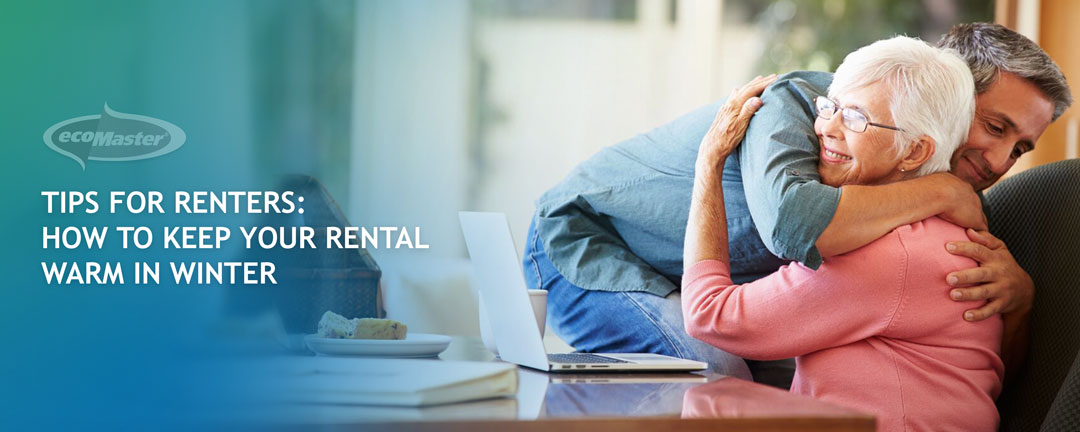
There are plenty of chilly days ahead of us, even if you are reading this in the middle of summer. So how do you keep warm in winter without blowing up your energy bills?
The most sensible step to achieving thermal comfort is to renovate one's home to make it more energy efficient. That is, to rethink the design of the home, make improvements in the heating and cooling, investing in insulation, and purchasing energy-efficient appliances.
However, these solutions can be difficult for Australia's growing population of renters given the restrictions confronting them in making structural changes to their rentals.
But difficult does not mean impossible! There are plenty of easy, practical, and inexpensive ways for renters to stay warm in winter (and cool in summer) without punching holes in their pockets.
Here are cost-effective tips on how to keep your rental warm this winter :
1. Put Up Curtains
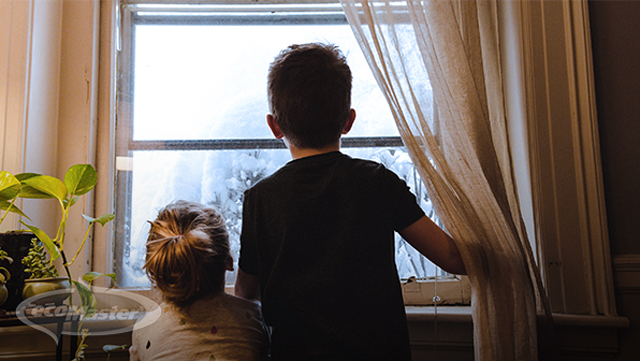
One of the simplest ways to keep warm in winter (as well as prevent the sun from roasting your rooms) is to block off the outside extremes by installing thermally efficient curtains.
Thermally efficient curtains are thick curtains made of heavyweight, tightly woven textiles; like velvet, tapestry, suede, denim, or tweed. These types of fabric serve as a dense barrier that blocks off chilly outdoor air and reduce the heat load in summer.
Proper installation of curtains can prevent heat loss or gain by approximately 25 percent. Avoid using curtains made of lightweight materials like lace, linen, and cotton or medium-weighted curtains including canvas and cotton blends, as these offer limited protection.
For maximum effect, hang your curtains wider than the window frame, and as close as possible to the windows to seal the spaces around the window edges. Let the curtains drop all the way to the floor.
You can also add DIY pelmets (narrow border of wood, cloth, or acrylic fitted across the top of a window frame) to stop the circulation of air against the glass which is the main cause of heat loss. Alternatively, you can buy invisible pelmets to achieve this. They are lightweight, easy to install and can be taken with you when you leave.
2. Draught-proof Your Doors and Windows
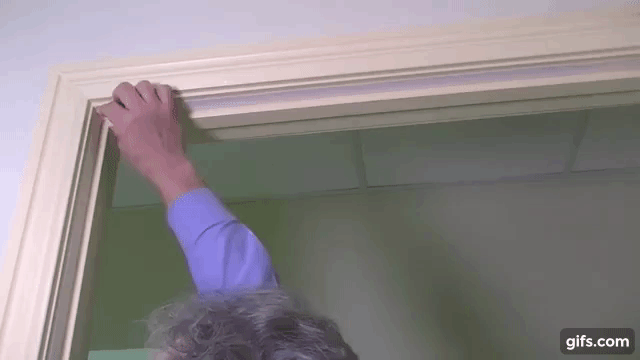
Most older rental homes are usually draughty because of the gaps around the doors and windows. Stop draughts from penetrating these gaps through draught proofing .
Draught proofing your doors and windows involve the use of removable sealing strips like EMV. This is an inexpensive, hidden, and self-adhesive plastic seal suitable for internal doors, and windows. EMV can be installed easily and seamlessly on your doors and windows, when there are at least 2 millimeters of clear space between a door and its jamb.
You can also install Draught Dodgers for doors, a set of high-quality perimeters seals installed on the top and sides of your doors. These draught proofing solutions help block off the draughts from your doors as well as prevent your home heating from escaping. You can purchase and learn more about Draught Dodgers here .
3. Seal Off Unwanted Gaps and Cracks
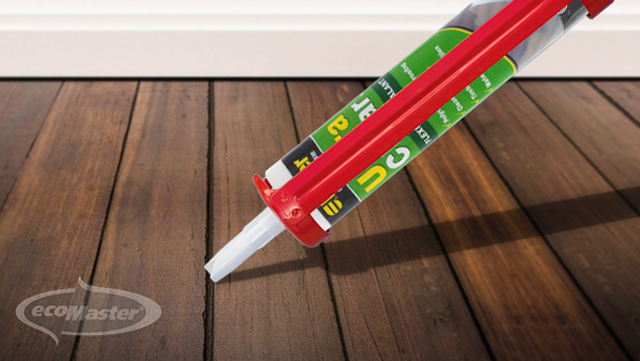
Caulk your floors to seal the gaps and cracks using a flexible sealant. What we recommend is Fuller UlraClear sealant, a water-based gap sealant is white when applied and clear when dry (not invisible).
You can also apply this sealant on your draughty architraves, skirting boards, and air vents. Learn more about this sealing solution here .
4. Install a DIY Insulation
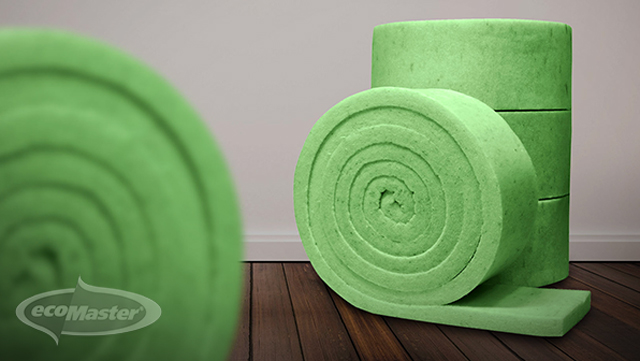
Some rented homes may have hardwood floors. The greatest concern about wooden floors is they can get leaky and draughty over time. Leaky, gap-filled floorboards can leave you exposed to cold air outside. If you have accessible crawl space, underfloor insulation is a great remedy to this concern.
Many landlords are now coming to a cost sharing arrangement with their tenants. The landlord pays for the materials and the tenant installs them. Installing an underfloor insulation is perfect for this type of arrangement.
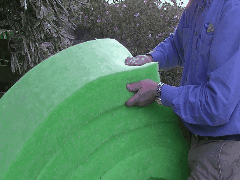
Polyester is an excellent insulation material for the underfloor . It is heat-bonded, has strong fibres, is pest-resistant, and has a loftiness that lasts for a lifetime so you don't have to worry about reinstalling it every few years. It's very people friendly, non-toxic, and with no itchy glass splinters.
Polyester insulation is suited for enclosed and open timber sub-floors. It prevents the development of heat sink below your home, stops the cold air from seeping through your floorboards, and lowers heat loss by up to 20 percent.
Managing heat loss through polyester insulation means you will only need less heating, and cooling to sustain comfortable indoor temperatures, allowing you to enjoy a much warmer home.
Ready to keep your home warm in winter? Learn more insider secrets to a warm winter by watching the video below:
Check out the renting section at our webstore
For expert tips to making your home more comfortable regardless of season and to make it cheaper to run, talk to the ecoMaster team on 1300 326 627.
Explore my Options
Source: https://www.ecomaster.com.au/tips-for-renters-how-to-keep-warm-in-winter/
0 Response to "Easy Ways to Insulate When You Rent"
Post a Comment